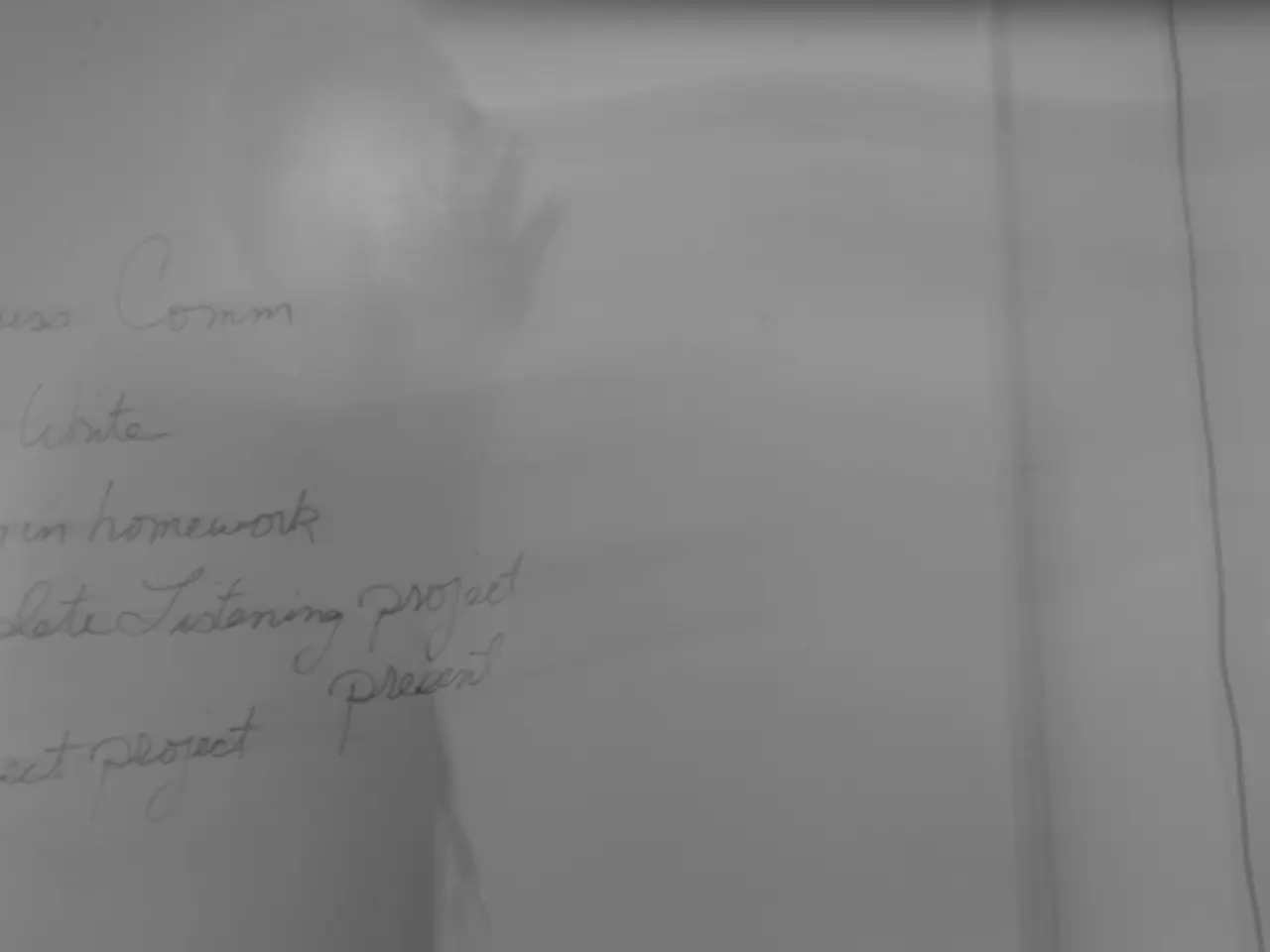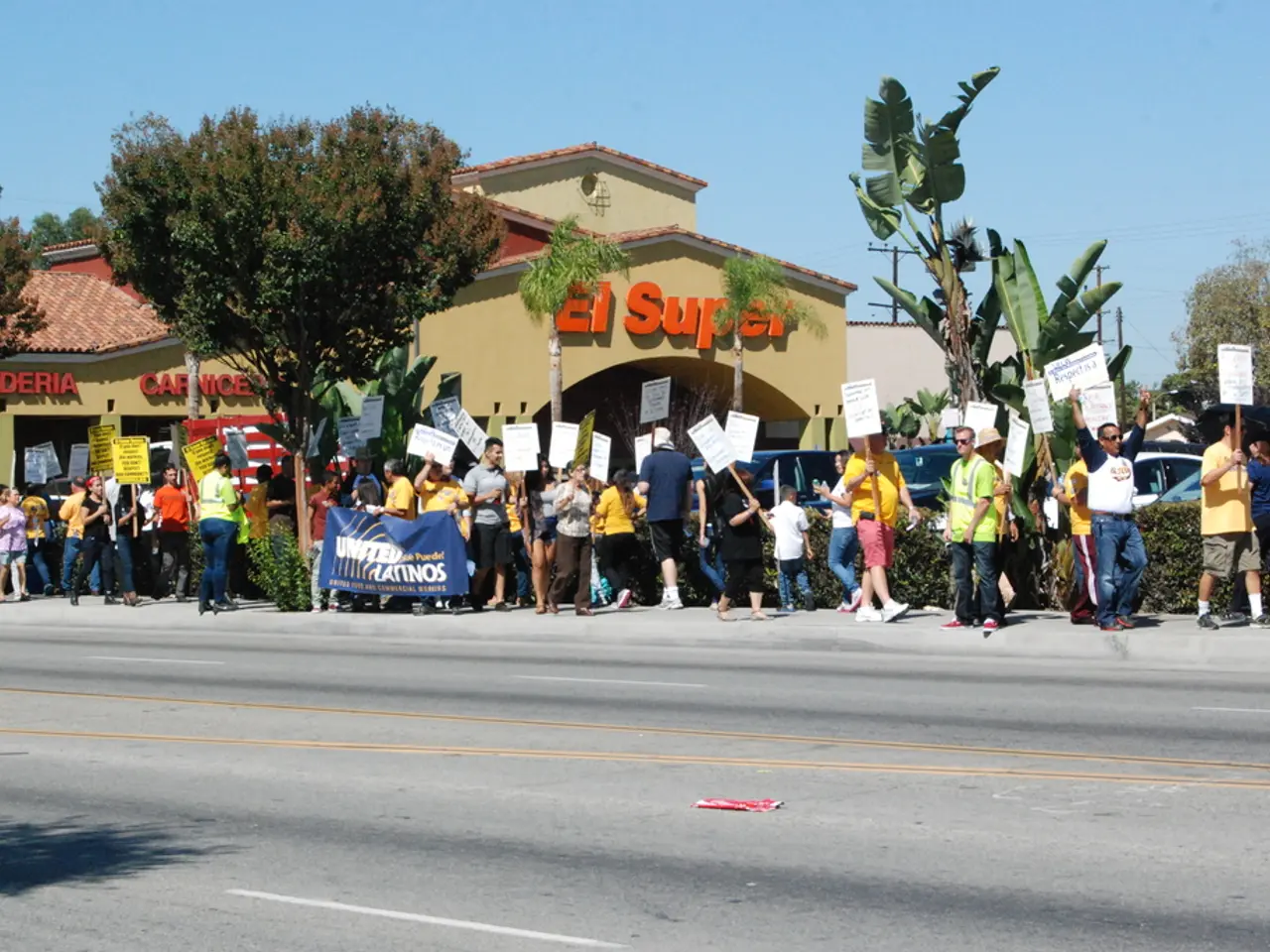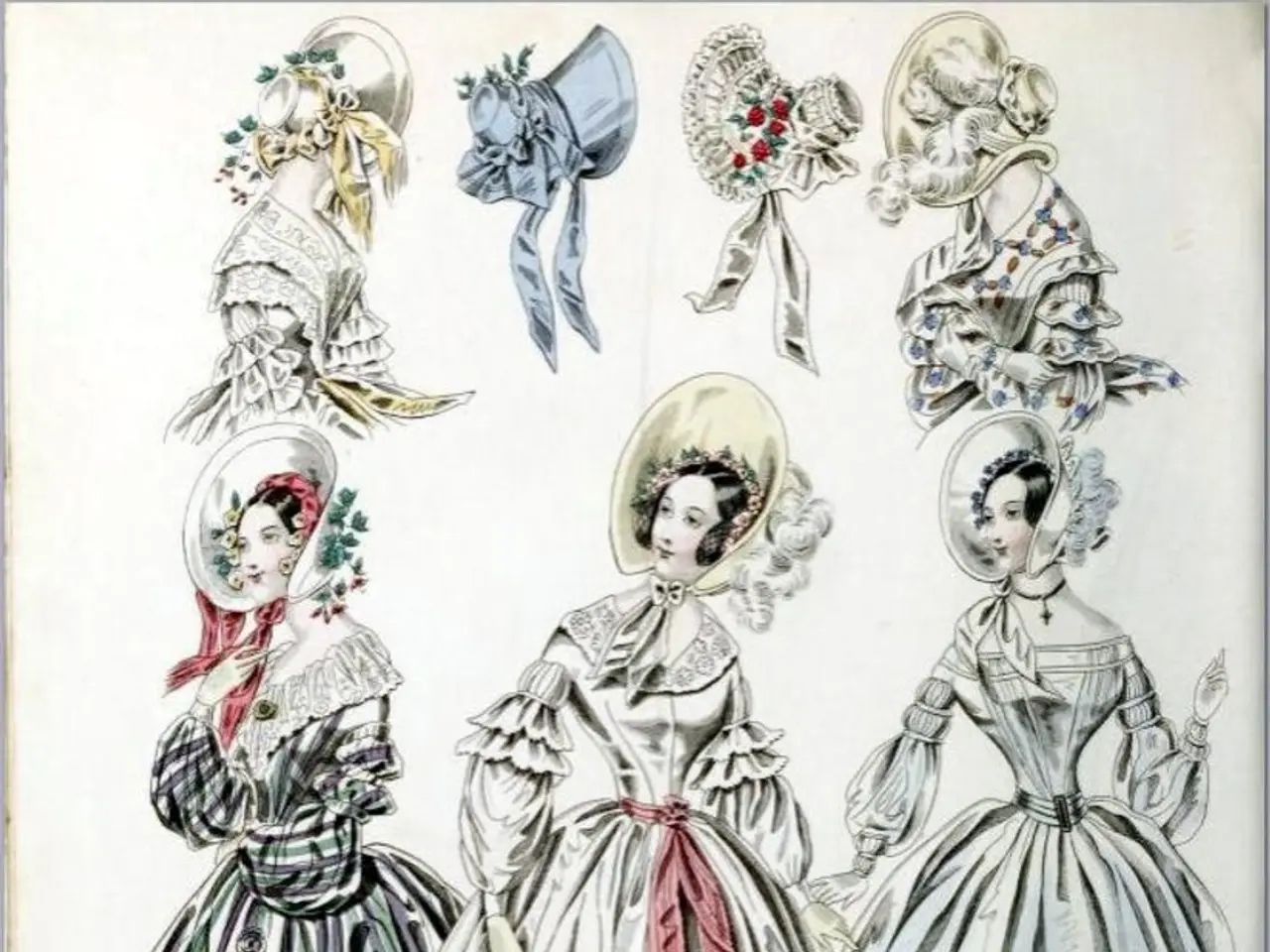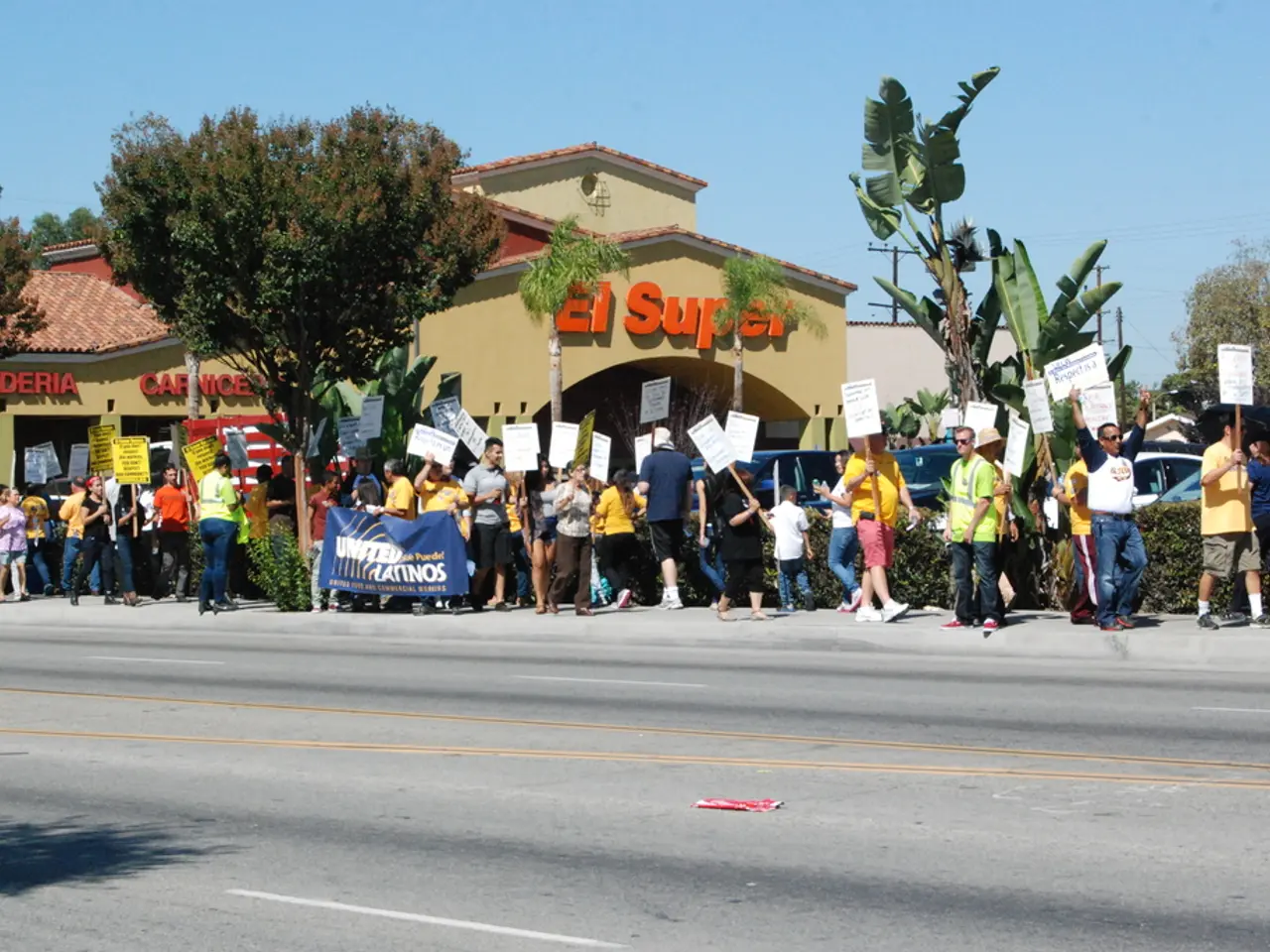Power struggles and political maneuvering in the establishment of the renowned Louvre Museum, located in Paris.
The Louvre Museum: A Symbol of Revolution and Art
The Louvre Museum, one of the world's most famous art institutions, has a rich and complex history intertwined with politics since its inception. Established in 1793, the museum's roots can be traced back to the medieval fortress built strategically near the Seine River in the late 12th century, which later served as a royal residence for French monarchs.
The Louvre's transformation into a public museum during the French Revolution was a revolutionary political and cultural act, aimed at democratizing art and dismantling royal privileges. Contrary to popular belief, the development of the guillotine during the Revolution did not directly influence the founding of the Louvre Museum as a public institution or a symbol of power. Instead, the museum's establishment was primarily driven by the revolutionary government's desire to make art accessible to all citizens and to repurpose royal and church property confiscated during the Revolution into a national public collection.
The museum's collections greatly expanded by the confiscation of art from the Church and nobility, symbolizing a transfer of cultural power from the ancien régime to the people and the revolutionary state. The Revolution emphasized spreading revolutionary ideals and national identity, and public art institutions like the Louvre became tools for that purpose, showcasing artworks that aligned with these new civic values.
Throughout its history, the Louvre has been a container for art, with French monarchs using collecting and display to proclaim their wealth, power, and accomplishments. Napoleon Bonaparte, for instance, used the Louvre Museum for his own glorification, treating it as a trophy case and filling it with booty from his military campaigns.
In the 1980s, the Louvre expanded with the opening of the Pavillon des Sessions, galleries for art from Africa, Oceania, Asia, and the Americas, which were previously not included in the museum's main collection. However, concerns about marginalization persist, with many viewing the exile of certain cultures to the Musee du quai Branly as another form of preserving colonial-era attitudes and prejudices.
The Louvre's popularity attracts millions of tourists every year, leading to concerns about its transformation into a tourist attraction rather than an art museum. The Pavillon des Sessions, though elegant and spacious, is little visited and little known.
In 2006, the French government opened the Musee du quai Branly on a prime piece of Parisian real estate near the Eiffel Tower, dedicated to cultures neglected by the Louvre. This move aimed to address the long-standing debate about the sort of art the Louvre should display, reflecting broader prejudices that consider cultural traditions outside Europe to be of lesser quality, value, and importance.
The Louvre's debates over its role and purpose reflect global discussions about the value and control of art, power, and authority. Some argue that curators and scholars should control art, while others advocate for the voices of the crowd. The Royal Academy of Painting and Sculpture, which oversaw the training of artists, art criticism, art exhibitions, and sales, was based at the Louvre.
In conclusion, the Louvre Museum, with its intricate history and ongoing debates, serves as a testament to the complex relationship between art, politics, and power. It stands as a symbol of the French Revolution's ideals, a beacon of art for millions of visitors each year, and a platform for ongoing discussions about the value and control of art in the modern world.
[1] Schama, Simon. "The Louvre: A History." Alfred A. Knopf, 2018. [2] Haskell, Francis. "The Louvre: Twenty-Five Years of Change." Yale University Press, 1998. [3] Potts, Asa. "The Louvre: A History." Thames & Hudson, 2018.
- The Louvre Museum's establishment during the French Revolution was a political move aimed at democratizing art, which also involved the confiscation of art from the Church and nobility, marking a shift in cultural power.
- Art institutions, like the Louvre Museum, have often been used as platforms for expressing and reinforcing political ideologies, serving not only as repositories for art but also as vehicles for national identity and ideological propaganda.






